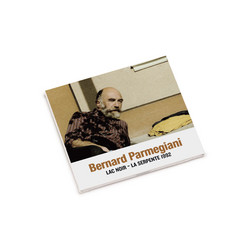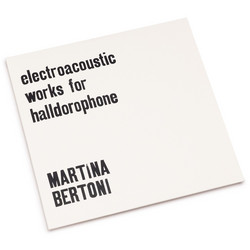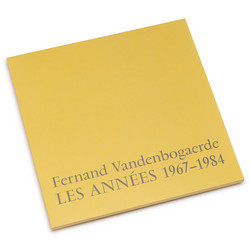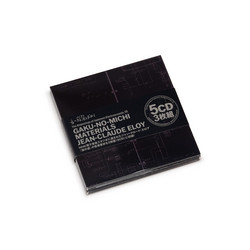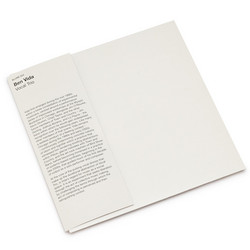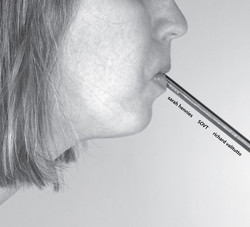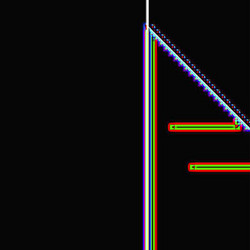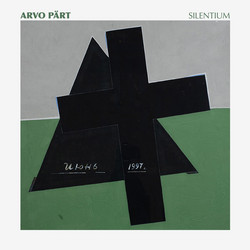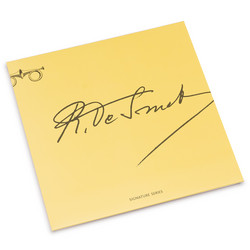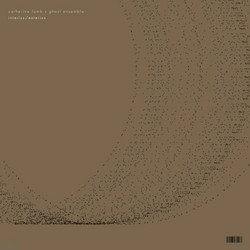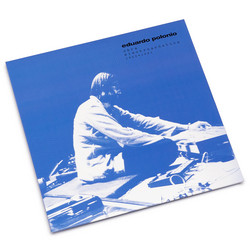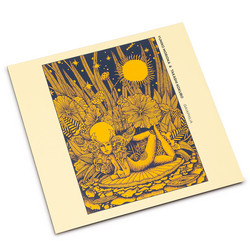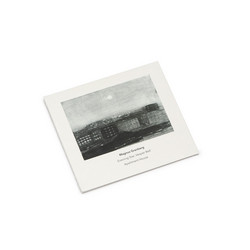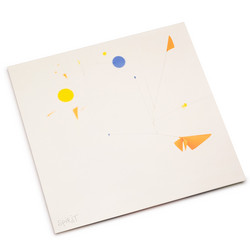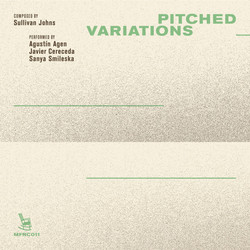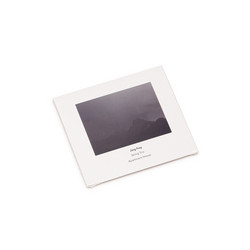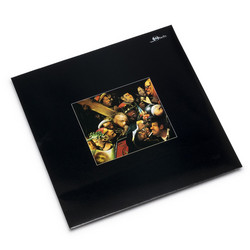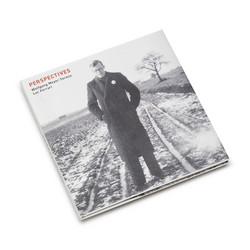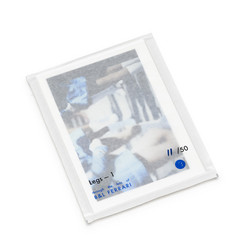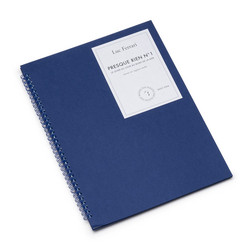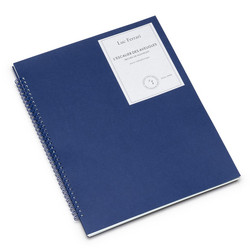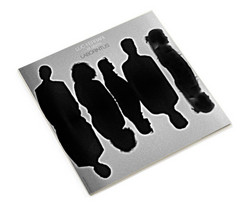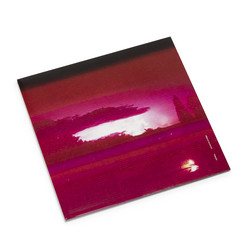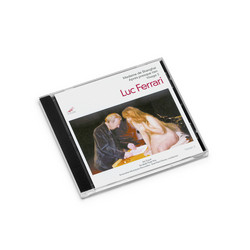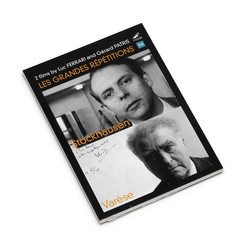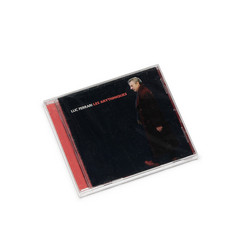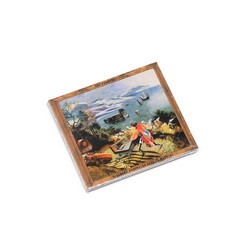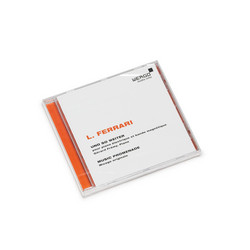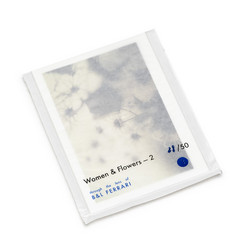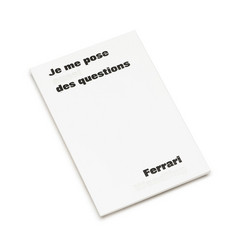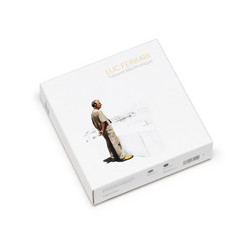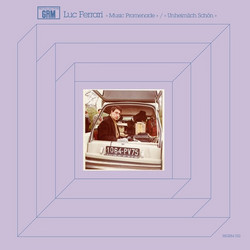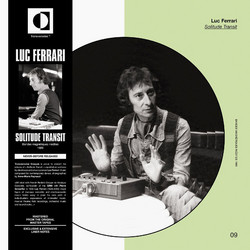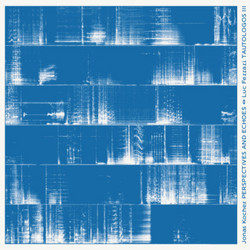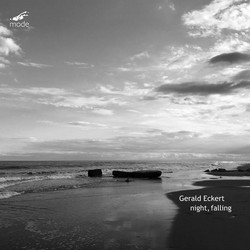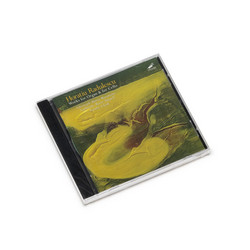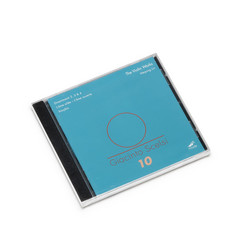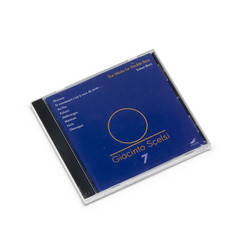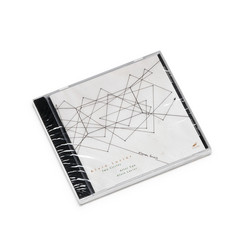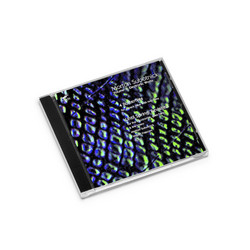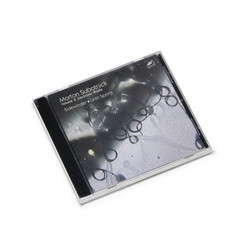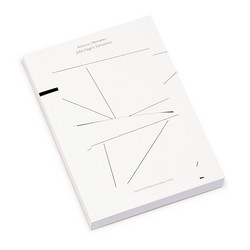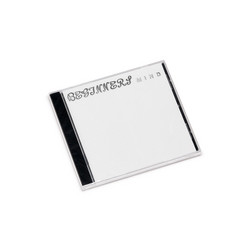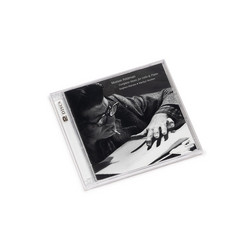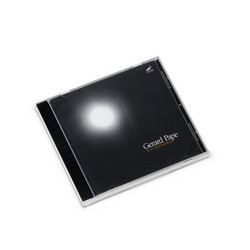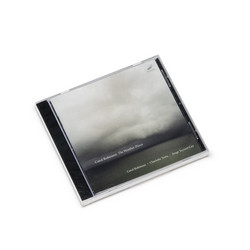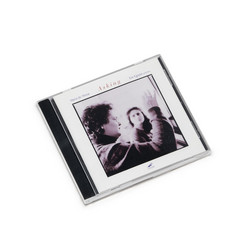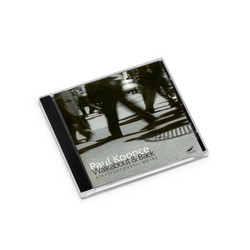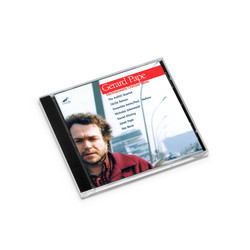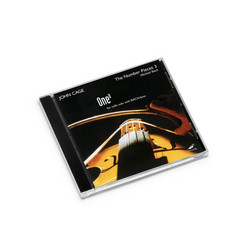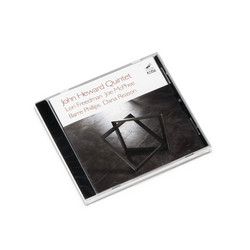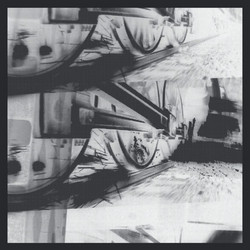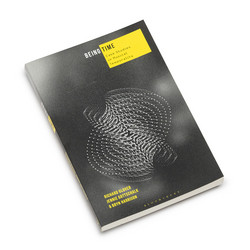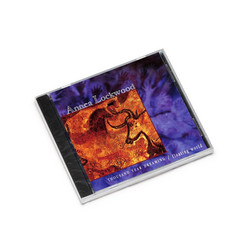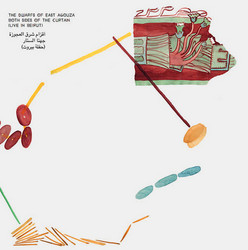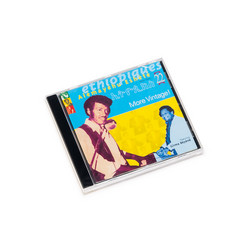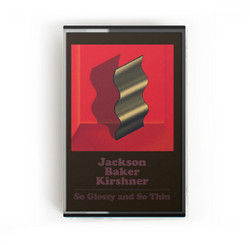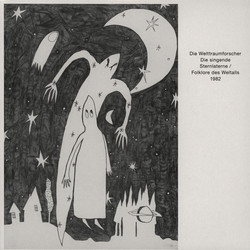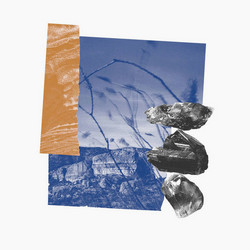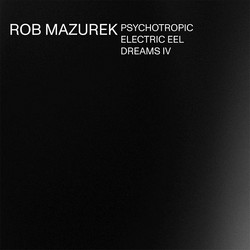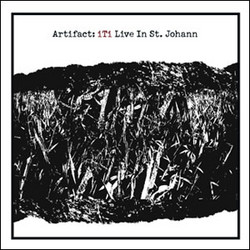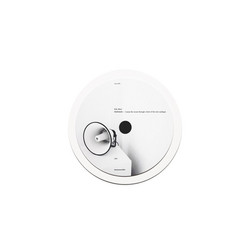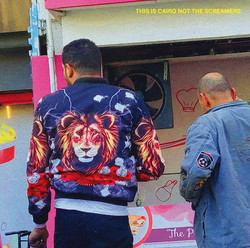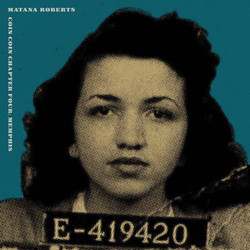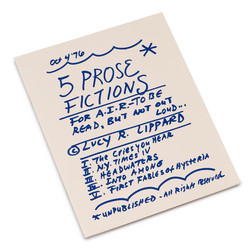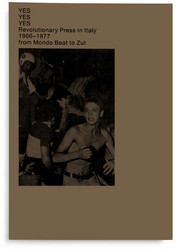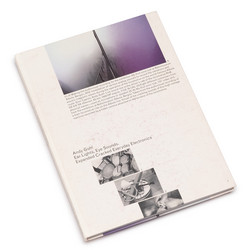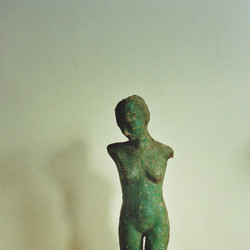With recent releases on John Zorn's Tzadik label among others, Luc Ferrari is enjoying a well deserved renaissance. After studies with Messiaen and formative visits to Darmstadt in the '50s, Ferrari (born Paris, 1929), with Pierre Schaeffer, was one of the co-founders of the Groupe de Recherches Musicales in 1959. In the sixties he worked with the Ensemble Instrumental de Musique Contemporaine de Paris and made the first French television documentaries on new music, between 1964-69, he taught in Cologne, Stockholm and Amiens. His pioneering electroacoustic music has evolved through installations to sound art and eventually to the hörspiel (radio play), making him one of the most unique and creative voices in music. This CD marks the first release in a series of Luc Ferrari's music on Mode Records.
The works on this disc show a combination of his musique concréte and instrumental styles. The point of departure for Chansons pour le corps was a series of spontaneous interviews with women on the subject of the female form, which Ferrari recorded in the Jardin du Luxembourg. It's a great image, a young woman out for a Sunday afternoon stroll approached by a man wondering if she might allow him to record her talking about various intimate parts of her body! The interviewees were invited to speak about their eyes, hands, breasts and sex, and those who accepted did so with extraordinary candor. Novelist and radio presenter Colette Fellous was then asked to write texts based on the tapes. These were set for soprano and ensemble and interspersed with extracts from the original interviews. Ferrari states: ".the interpretation of the Chansons could be very simple, in a voice without vibrato, paying special attention to the words and their meaning."
Et si tout entiére maintenant, a "symphonic tale" for voice, orchestral sound, and tape is an extraordinary and unique work. The orchestral score was performed, recorded, and then treated electronically in Ferrari's studio; though the orchestra is never deformed beyond all recognition. This is incorporated into the piece along with authentic sounds of the Swedish icebreaker and its crew, and Fellous' spoken text. What results is typical Ferrari genre-blending, inhabiting a region somewhere between fact and fiction, documentary and poetry, orchestral and electronic music. The text can be at times straightforward, at times tantalizingly ambiguous -dare we imagine some sort of sexual intrigue between the woman and the captain as well as the pilot? Fellous juxtaposes first and third person narrative, direct and reported speech, in a manner analogous to Ferrari's masterly mix of composed music and recorded sound. Fellous says: ".(Ferrari) asked me to board the dream and tell him the story. So we set to work. He brought me sounds, I brought him texts. A rhythm was born. In such a way we tangled, untangled, mixed noises and words, fiction and reality, and from this came a symphonic tale whose sensual warmth tries to turn back the cold."

